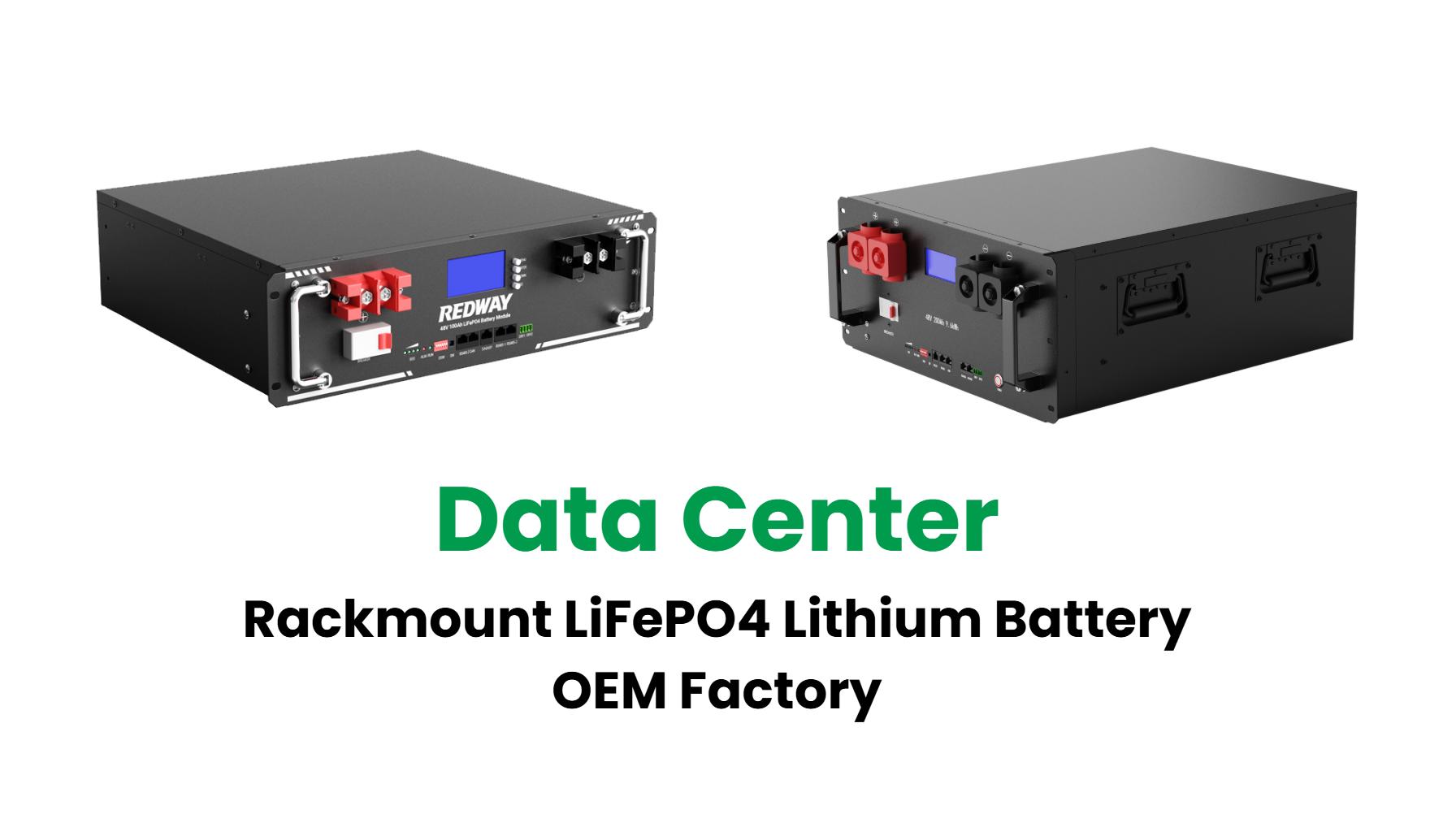What Is a Battery Backup Power Supply and How Does It Work?
A battery backup power supply, or Uninterruptible Power Supply (UPS), stores energy in batteries to provide electricity during outages. When grid power fails, it instantly switches to battery power, ensuring continuous operation of connected devices. Advanced models regulate voltage fluctuations and surges, protecting sensitive electronics. Most systems recharge automatically when power is restored, maintaining readiness for subsequent disruptions.
What Are the Key Benefits of Using a Battery Backup Power Supply?
Battery backups prevent data loss, protect hardware from power surges, and ensure operational continuity during outages. They’re critical for medical devices, servers, and home offices. By bridging short-term gaps and enabling safe shutdowns, they reduce downtime costs. Some models integrate with renewable energy systems, enhancing sustainability while providing reliable backup power during extended blackouts.
Which Types of Battery Backup Power Supplies Are Available?
Common types include standby UPS (basic surge protection), line-interactive UPS (voltage regulation), and double-conversion UPS (continuous power conditioning). Portable power stations offer mobility for outdoor use, while solar-integrated systems prioritize renewable energy storage. Industrial-grade UPS units support heavy machinery, whereas compact models suit home offices and routers, balancing capacity with space constraints.
How Do You Choose the Right Battery Backup for Your Needs?
Calculate total wattage requirements of connected devices and prioritize runtime needs. For critical systems like servers, opt for double-conversion UPS with scalable batteries. Home users may prefer line-interactive models with surge protection. Check compatibility with solar panels if prioritizing sustainability. Brands like APC, EcoFlow, and Redway offer tiered solutions based on load capacity and scalability.
What Maintenance Practices Extend Battery Backup Lifespan?
Perform bi-annual battery inspections for swelling or corrosion. Keep units in cool, dry environments to prevent overheating. Test systems monthly by simulating outages. Replace batteries every 3-5 years, depending on usage cycles. Use manufacturer-approved charging practices to avoid overloading. Firmware updates for smart UPS systems optimize performance and adapt to new power management protocols.
How Does a UPS Differ From a Generator?
UPS systems provide instant, short-term power (minutes to hours) for electronics, while generators supply long-term energy (days) for entire buildings. UPS units operate silently with zero emissions, ideal for indoor use. Generators require fuel and emit carbon monoxide, necessitating outdoor placement. Hybrid systems combine both for seamless transitions during prolonged outages.
Can Battery Backups Integrate With Renewable Energy Systems?
Yes, solar-compatible UPS units store excess solar energy in batteries for nighttime or outage use. Hybrid inverters manage grid, solar, and battery power sources dynamically. For example, Redway’s solar-ready systems prioritize renewable energy consumption, reducing reliance on the grid while providing backup capabilities. Integration requires charge controllers and inverters compatible with both PV panels and battery banks.
What Smart Features Are Available in Modern Battery Backups?
Wi-Fi-enabled UPS systems offer remote monitoring via apps, providing real-time status updates and outage alerts. Self-testing diagnostics predict battery failure, while adaptive learning optimizes power usage based on historical data. Some models prioritize power distribution to critical devices during low-capacity scenarios. Tesla Powerwall and EcoFlow Delta series exemplify AI-driven energy management for homes and businesses.
What Future Trends Are Shaping Battery Backup Technology?
Solid-state batteries promise higher energy density and faster charging by 2025. AI-driven predictive maintenance reduces unexpected failures, while modular designs allow incremental capacity upgrades. Grid-forming inverters enable microgrid creation during widespread outages. Green innovations include recyclable lithium iron phosphate (LiFePO4) batteries and hydrogen fuel cell hybrids, aligning backup systems with global decarbonization goals.
Expert Views
“Modern battery backups are evolving beyond emergency tools into energy management hubs,” says a Redway Power Solutions engineer. “Integration with smart home systems and renewables transforms them from reactive devices to proactive energy optimizers. Future systems will autonomously balance grid consumption, solar generation, and storage—maximizing efficiency while minimizing costs and carbon footprints.”
Conclusion
Battery backup power supplies are indispensable for maintaining continuity in an increasingly electrified world. From basic voltage regulation to AI-enhanced renewable ecosystems, these systems bridge gaps between grid reliability and modern energy demands. Strategic selection and maintenance ensure resilience against outages while aligning with sustainability goals through solar integration and next-gen battery tech.
FAQ
Q: How long can a battery backup power a home?
A: Typical home UPS systems provide 2-12 hours for essential devices. Whole-house systems with solar integration may last days.
Q: Are battery backups safe for medical equipment?
A: Yes, FDA-cleared UPS units like those from Tripp Lite ensure stable power for CPAP machines and oxygen concentrators.
Q: Do battery backups require professional installation?
A: Small units are plug-and-play, but whole-house or solar-integrated systems need certified electricians for safe setup.


